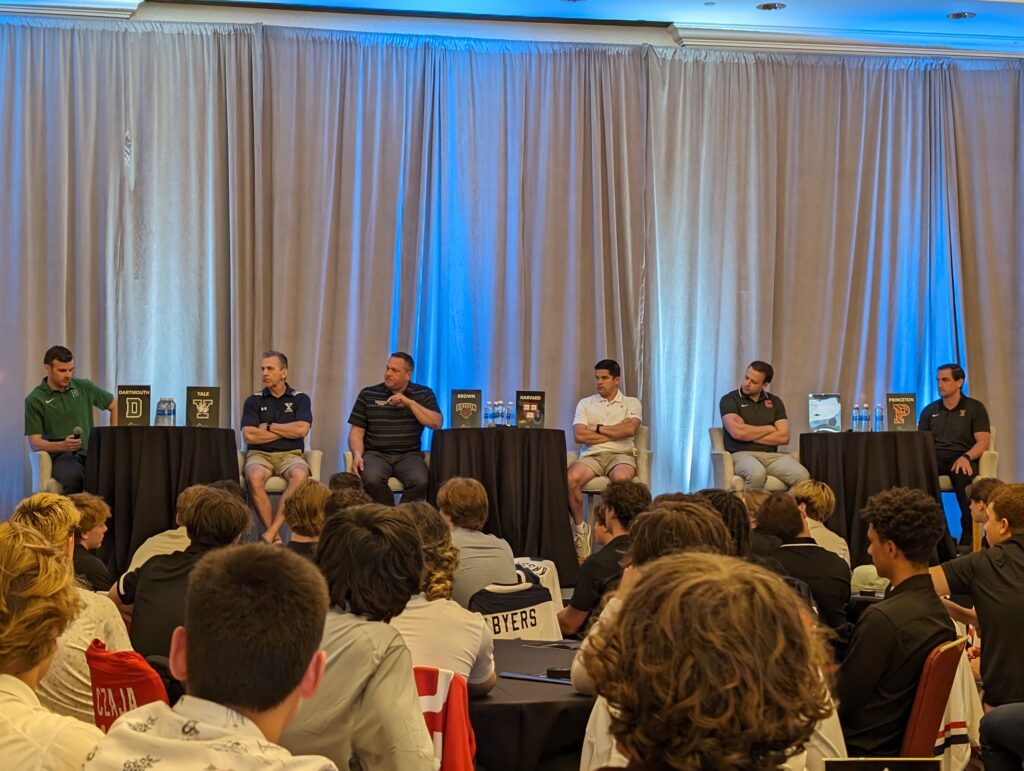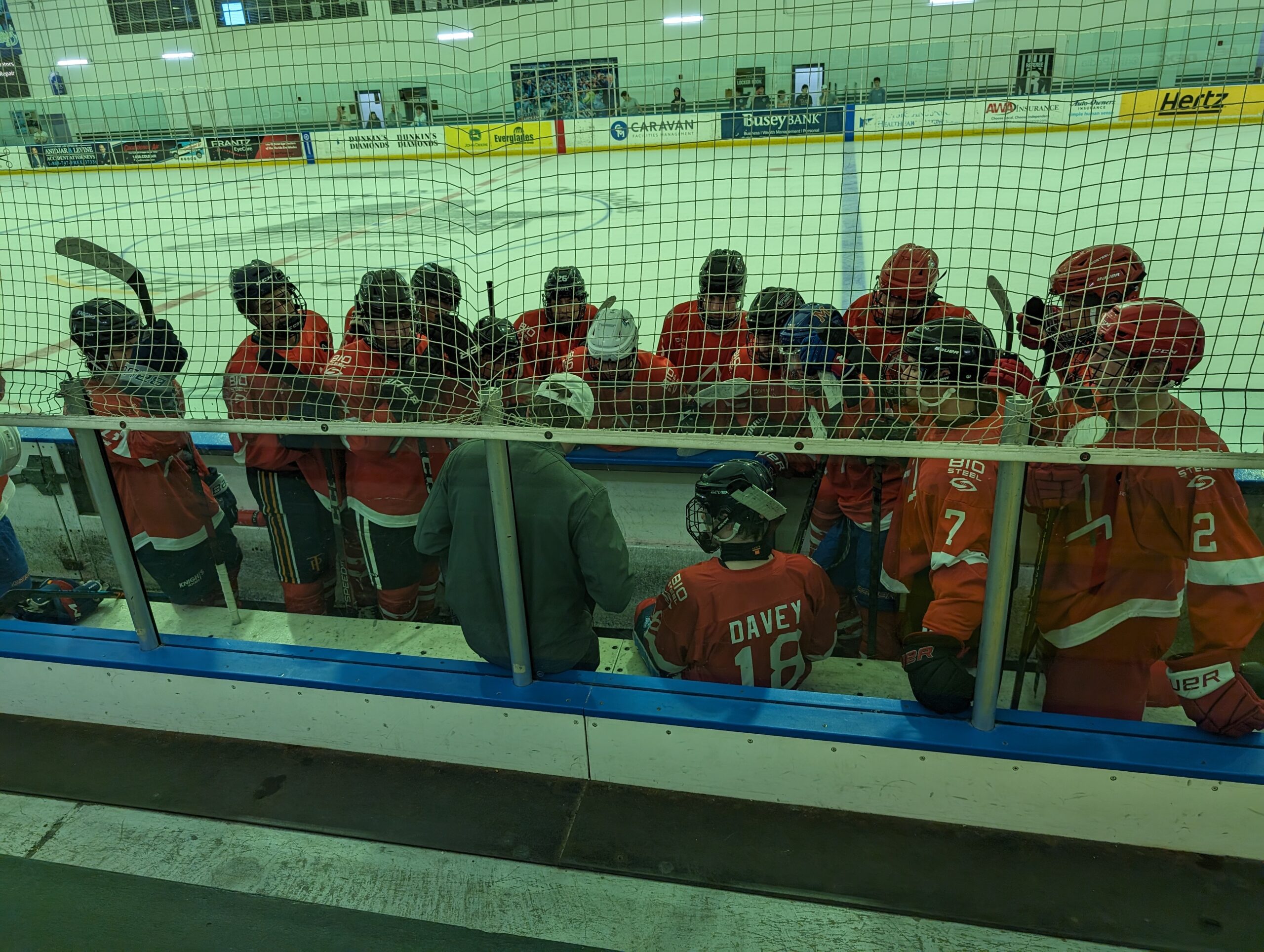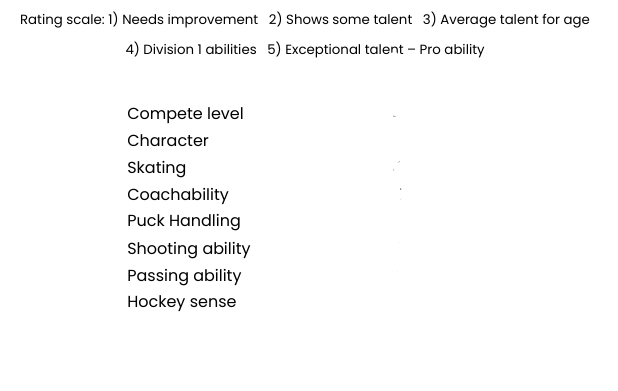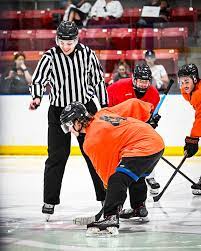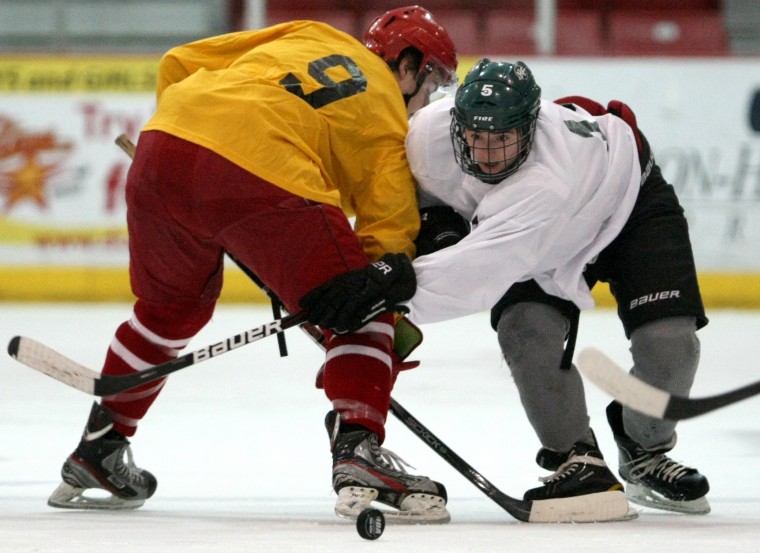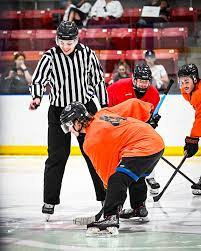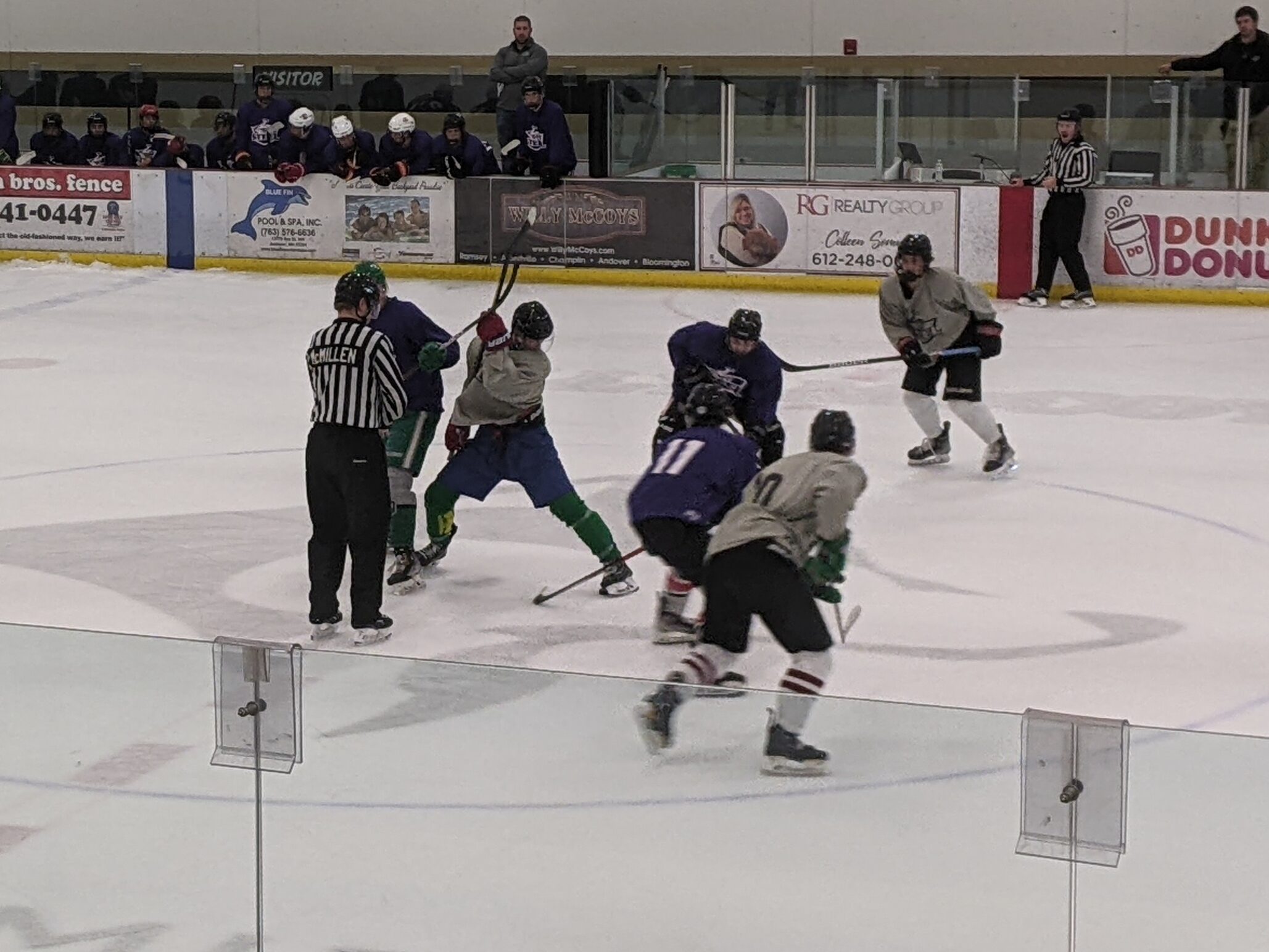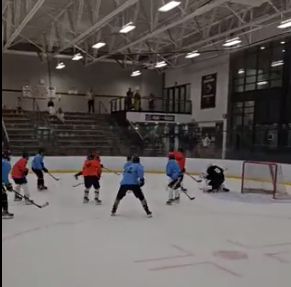This past weekend our family was very interested in the NHL Draft, because both my kids have played against, practiced with or know several of the draft-eligible players. What was surprising to me was the number of exceptional players we are familiar with who did not end up getting drafted. Specifically, there were several players who did not get selected that were seen as ‘special’ for several years and almost all of them are committed to play DI college hockey – most of them at top schools.
However, knowing that there were only 225 players selected in the 2024 NHL Draft, I wondered how many of the players selected were American? From there, the math started to kick-in and it helped me realize just how difficult it is to get drafted to the NHL – even in the 6th or 7th round.
Here is how the players selected in the draft breaks out by country:
2024 NHl Draft Picks by Country
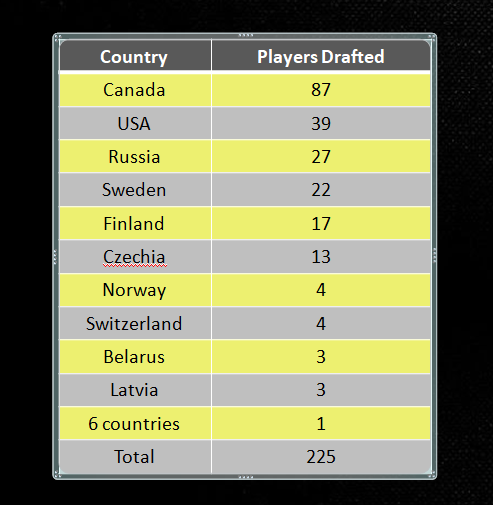
Then, when looking at just the American players, you see that by their draft year, almost all the players are playing at the USHL level or higher. Those who aren’t playing USHL or better this past season, surely will by this fall.
2024 NHL American Draft Picks By Level
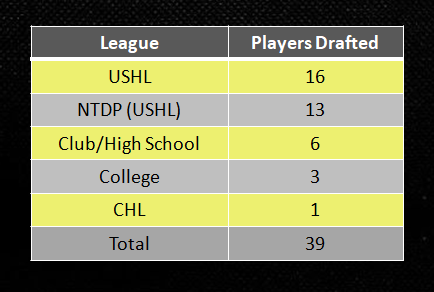
Odds of Being Drafted
Now let’s estimate how many players were eligible in the U.S. to be drafted. If we look at the number of teams for a single birth year, this year’s draft class was playing 15O hockey during the 2021-22 season. That year there were 113 15O AAA teams according to MyHockeyRankings.To make the math simple, let’s assume most of the Minnesota High School and New England Prep School players also played on a 15O AAA Club team. Therefore there were about 113 x 20 = 2250 players who played AAA or better who were eligible to be drafted this year in the U.S. But only 39 or 1.7% were drafted. Another way to look at it is, that less than 2 full rosters of players ended up being drafted this year. And if you didn’t make the US NTDP team, your chances dropped by ~40% (when you include NTDP alumnni playing elsewhere this past season).
There is Still a Chance
Another interesting piece of data I learned recently is where NHL players were drafted by round. No surprise that the most players drafted were in the 1st and 2nd round. But what was surprising is that there were more undrafted players in the NHL than 3rd round selections.
Bottom line, it is very hard to get drafted. Even harder to make the NHL. But if you didn’t get drafted, there is still hope to make it as an undrafted player.




